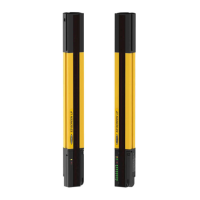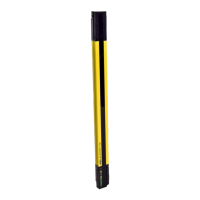What causes an EDM 1 Error on Banner Industrial Equipment and how can I fix it?
- MMichelle RodriguezAug 31, 2025
If your Banner Industrial Equipment displays an EDM 1 Error, it could be due to the EDM 1 input signal failing to respond within 200 ms of OSSD 1 changing state (ON or OFF), the EDM 1 input signal changing state when OSSD 1 did not change, or excessive noise on the EDM 1 input. Check that the EDM wiring is correct and that the external devices meet the specified requirements. If the error continues, remove power to the guarded machine, disconnect the OSSD loads and EDM input signals, configure EDM for No Monitoring, and conduct the Initial Checkout procedure. If the error clears, the problem lies in the external device contacts or wiring, or there's a response-time issue with the external devices. If the error persists, check for excessive noise on the EDM inputs.




